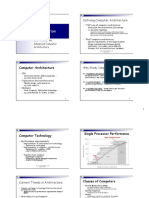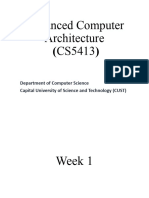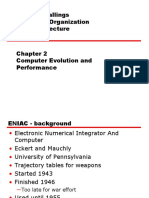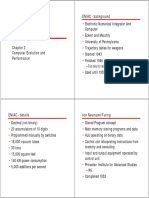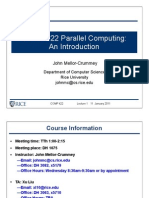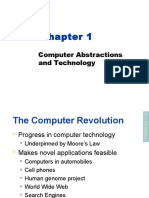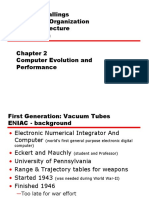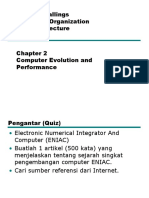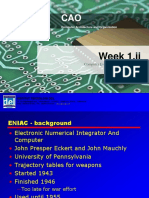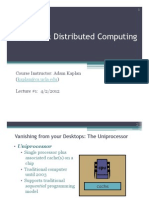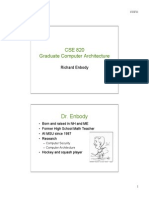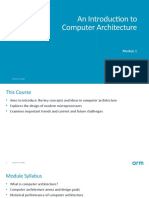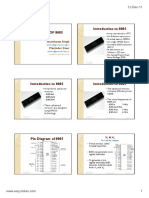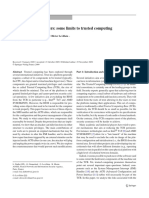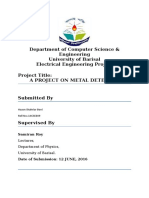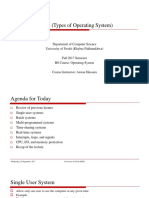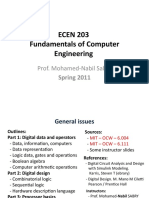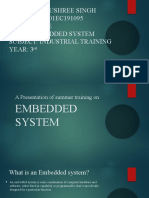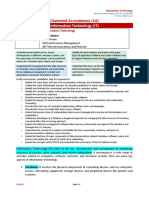0% found this document useful (0 votes)
25 views34 pages03 Why Parallel
The document outlines the evolution of computer architecture from the first electronic computers in the 1940s to modern multicore processors, highlighting key milestones and technological advancements. It discusses the shift from single-core to multicore systems, the challenges of parallel programming, and the importance of understanding hardware for software efficiency. The document concludes that multicore processors are essential for future computing, emphasizing the need for effective parallel programming strategies.
Uploaded by
سید محمد ساعتیCopyright
© © All Rights Reserved
We take content rights seriously. If you suspect this is your content, claim it here.
Available Formats
Download as PDF, TXT or read online on Scribd
0% found this document useful (0 votes)
25 views34 pages03 Why Parallel
The document outlines the evolution of computer architecture from the first electronic computers in the 1940s to modern multicore processors, highlighting key milestones and technological advancements. It discusses the shift from single-core to multicore systems, the challenges of parallel programming, and the importance of understanding hardware for software efficiency. The document concludes that multicore processors are essential for future computing, emphasizing the need for effective parallel programming strategies.
Uploaded by
سید محمد ساعتیCopyright
© © All Rights Reserved
We take content rights seriously. If you suspect this is your content, claim it here.
Available Formats
Download as PDF, TXT or read online on Scribd
/ 34

